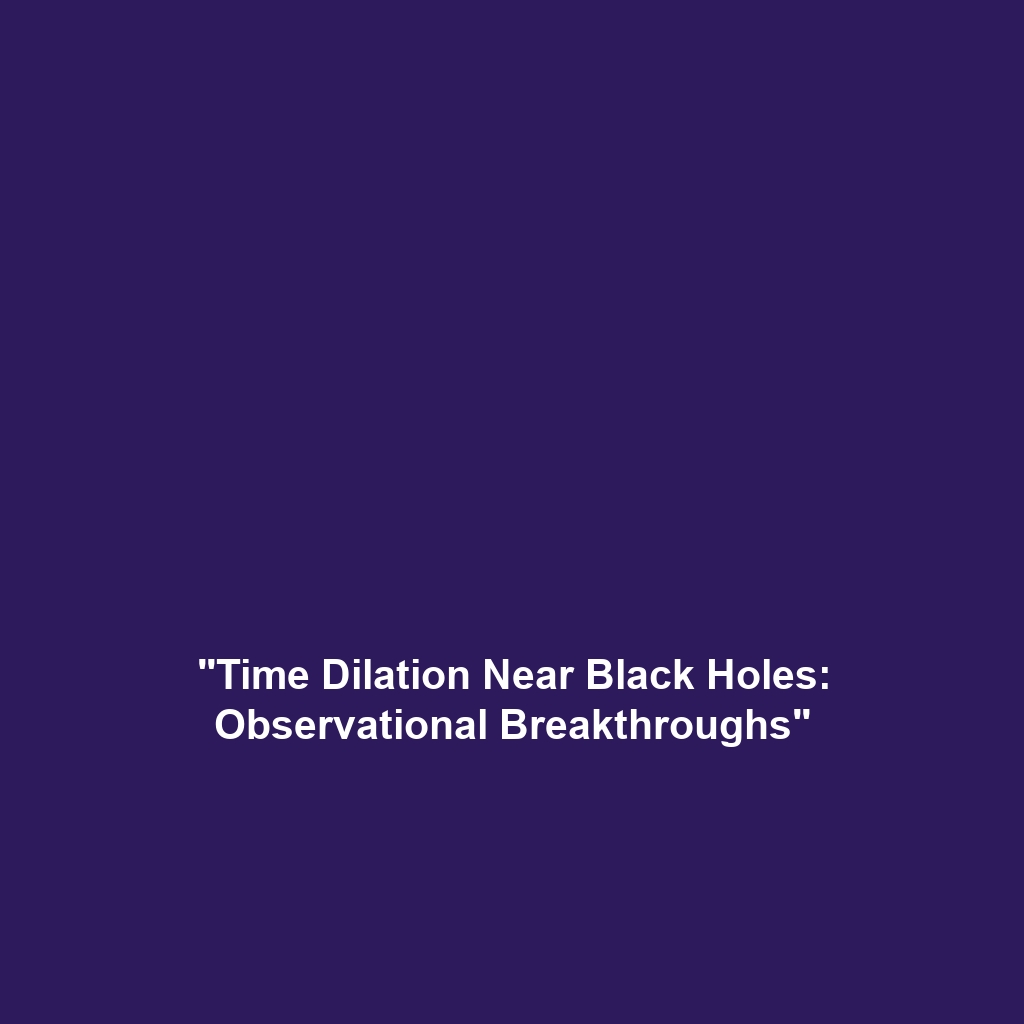Evidence for the Anthropocene: Plastic Pollution, Nuclear Fallout Markers, and Spikes in Greenhouse Gases
Introduction: The Anthropocene, a term that signifies the significant and lasting impact of human activity on Earth’s geology and ecosystems, is evidenced through various markers. Among these, plastic pollution, nuclear fallout markers, and spikes in greenhouse gases stand out as crucial indicators within Climate History. Understanding these elements is essential for contextualizing the profound changes our planet has undergone, making it imperative to study their implications on past, present, and future climatic conditions. This article delves into the intersecting realms of environmental studies and historical analysis to uncover the significance of these phenomena.
Key Concepts
The evidence for the Anthropocene encompasses several key concepts:
1. Plastic Pollution
Plastic pollution refers to the accumulation of plastic products in the environment, which adversely affects wildlife, marine ecosystems, and human health. Its proliferation correlates with the mass production and consumption patterns observed since the mid-20th century, marking a definitive shift in landscape and biodiversity.
2. Nuclear Fallout Markers
Nuclear fallout, resulting from nuclear bomb tests and accidents, has left distinct radioactive isotopes in geological layers. These isotopes serve as chronological markers that signify human-induced changes to the Earth.
3. Spikes in Greenhouse Gases
Unprecedented increases in greenhouse gases, particularly carbon dioxide (CO2) and methane (CH4), are extensively documented through ice core samples and atmospheric measurements. This surge is largely attributed to industrial activities, deforestation, and agriculture since the 18th century, presenting a clear timeline of human influence on climate.
Applications and Real-World Uses
Understanding the evidence for the Anthropocene has numerous real-world applications:
- Climate Policy Development: Insights from plastic pollution, nuclear fallout markers, and greenhouse gas spikes guide policymakers in creating sustainable environmental regulations.
- Environmental Remediation Strategies: Identifying pollution sources enables the development of effective clean-up methodologies.
- Climate Change Education: These concepts serve as vital components in educational curricula focused on environmental science and climate history.
Current Challenges
Despite the extensive research on the evidence for the Anthropocene, several challenges persist:
- Data Limitations: Incomplete data sets pose a challenge in drawing definitive conclusions.
- Interdisciplinary Collaboration: Integrating insights from varied scientific disciplines remains complex.
- Public Awareness: Engaging the general public in understanding these issues is essential but often difficult.
Future Research and Innovations
The ongoing study of the Anthropocene suggests several potential research directions:
- Breakthrough Technologies: Innovations in biodegradable materials could mitigate plastic pollution.
- Advanced Monitoring Techniques: The use of satellite technology will enhance tracking of greenhouse gas emissions globally.
- Public Participation Platforms: Engaging citizen scientists in data collection will strengthen research efforts and increase awareness.
Conclusion
In summary, the evidence for the Anthropocene marked by plastic pollution, nuclear fallout, and spikes in greenhouse gases reveals the profound impact of human activities on Earth’s climate system. An understanding of these factors is crucial for addressing current environmental challenges and improving our future climate resilience. It is essential to continue exploring these themes, fostering awareness, and promoting sustainable practices. For further reading on climate systems and environmental policies, explore our related articles on climate systems and environmental policies.









